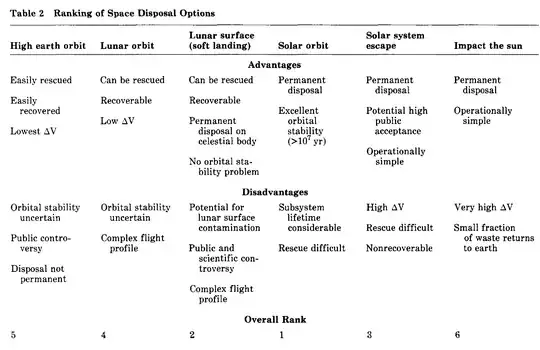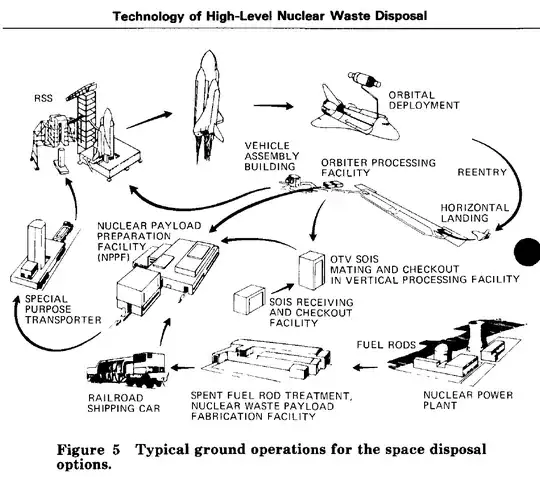If you could get the materials safely away from Earth and actually dump them in the Sun, no, there would be no danger.
The Sun is approximately 330,000 times the mass of Earth. To substantially change its evolution, you'd likely to need add - and I'm really just making an educated guess here - something on the order of $\sim0.01M_{\odot}$, where $M_{\odot}$ is the astronomer's notation for solar masses. Clearly, that's impossible to attain using just the material on Earth. Each year, the Sun loses roughly $10^{-13}M_{\odot}$, which comes out to around $10^{14}$ tons. However, humans produce about $10^9$ tons of trash each year, meaning that we'd have to dump about 100 centuries' worth of trash into the Sun to simply negate the mass it loses each year.
It's also unlikely that any dangerous materials would come back to haunt us. While the Sun does occasionally display bouts of activity, such as coronal mass ejections and solar flares, the material is dissipated throughout space, and the odds of the ejected matter containing our waste in significant quantities are extremely low. Odds are good that it will simply mix throughout the solar photosphere (in its now-ionized form) and never come close to Earth. The solar wind, which is fairly constant, is also not a substantial risk for essentially the same reason.
If the Earth were to be engulfed by the Sun, it likely wouldn't cause much of a change to the Sun's evolutionary track. It would, however, be noticeable, causing changes to the composition of the solar photosphere. We've seen this in, among other cases, the star HD 240430, which seems to have eaten several terrestrial planets, leading to a significant enrichment of photospheric metals. However, as this is only a change on the surface, its unlikely that the matter will affect the behavior of the stellar core and inner layers, and by extension it will not significantly influence its evolution.
If you really want to run the numbers: The main sequence lifetime of a star is approximately
$$\tau=10^{10}\left(\frac{M}{M_{\odot}}\right)^{-2.5}\;\text{years}$$
where $M$ is the mass of the star and $M_{\odot}$ is one stellar mass. It turns out that if you compare the cases where $M=M_{\odot}$ and $M=M_{\odot}+M_{\oplus}$ (where $M_{\oplus}$ is one Earth mass), i.e. the current lifetime and the lifetime if the Sun swallows the Earth, you get a difference of something like 75,000 years. For a star that should live about 10 billion years before leaving the main sequence, that's not much.
Now, as I alluded to at the beginning, we do have to deal a side effect of the problem of getting matter to the Sun. From an orbital mechanics perspective, I'd argue that it's not a major issue; it's not easy to get to the Sun, but it's far from impossible. However, if the rocket explodes - either on the launch pad or in the air - that waste would be spread out across the surface, and the resulting fallout could cost many lives.
Is this idea safe? Once you're out of Earth orbit, yes. Before that . . . maybe not.

